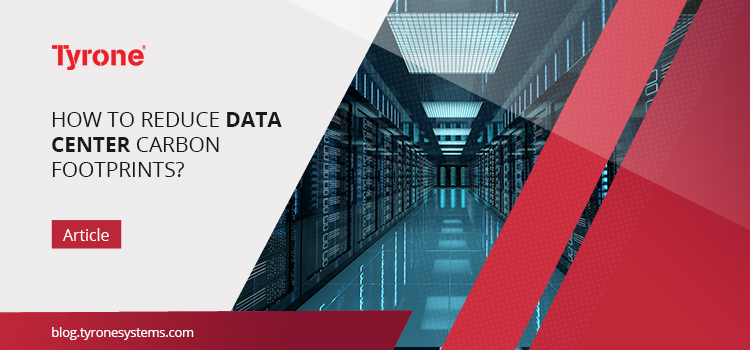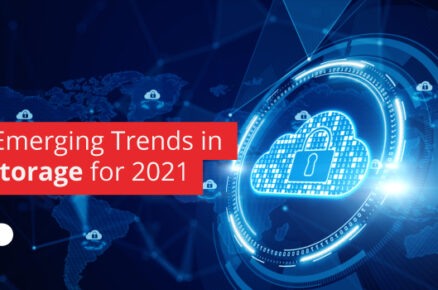Most large enterprises are depending upon the numerous servers to run their applications, supporting electronic communications and providing productive tools. The enterprises are exhausting large amounts of technology budgets in building and operating data centres facilities and contributing to greenhouse gas emissions. For some information-intensive businesses, data centers represent half of the corporate carbon footprint. These enterprise need to manage their technology assets more aggressively so existing servers can work at much higher utilization levels. They also need to make significant improvements in forward planning of data center needs in order to get the most from their capital spending.
Spending increases on data centers are reshaping the economics of many businesses, particularly those that are intensive users of information such as finance, information services, media, and telecom. The investment required to launch a large-enterprise data center has risen to $500 million, from $150 million, over the past five years. The environmental consequences also are stark, as rising power consumption creates a large and expanding carbon footprint.
Reforming Data Centre operations:
The most dramatic reductions in cost and carbon emissions come from improving the low efficiency of data centers that companies already operate. Through better management of assets, more accountable management, and setting clear goals for reducing energy costs and carbon emissions, most companies can double IT energy efficiency.
Manage IT assets efficiently:
Virtualization of some 3,700 applications—15 per cent of some companies allowed a reduction in the number of active servers to 20,000, from 25,000. The companies have also replaced some older servers with those that use electricity 20 per cent more efficiently. Projected operating expenses (for fewer servers and less power consumption) are set to fall by $45 million, to $75 million. Taking into account decommissioning and virtualization, the average server will run at 9.1 per cent of capacity rather than the current 5.6 per cent. The company will still meet its growing data needs, but a reduction in power demands means that CO2 emissions over the next four years will be cut to 341,000 tons, from 591,000 tons.
Get Better Information:
Better forecasting and planning is the foundation for data center efficiency gains. Companies should track how their forecasts for data needs vary with real demand and then provide bonuses to those business units that are able to minimize deviations. Data center managers should incorporate the most complete view of future trends in their models, such as organizational growth and business cycles. Input from data centers, applications architects, and facilities operators can be used to improve these models. A global communications company instituted a planning process that included developing scenarios for data growth for each of its business units. While the company eventually concluded that it needed additional capacity, a large portion of future needs was met using existing assets, saving 35 per cent in planned capital expenses.
Centralize Responsibility:
Managing these kinds of changes may be difficult. Many in large organizations don’t recognize the cost of data. Demands for data center services arrive from across the enterprise. Responsibility for meeting those demands falls across IT departments (including operations and application development), facilities planners, shared services groups, and corporate real-estate functions. There is no single standard for reporting the costs. We suggest a new governance model for managing data center needs, with full responsibility and accountability falling to the CIO. Under such a regime, the CIO would have much greater visibility into the data demands of business units and could enforce requirements that energy consumption and facilities costs figure into return-on-investment calculations for new data projects requiring additional servers or software applications.
Write to us: info@tyronesystems.com











